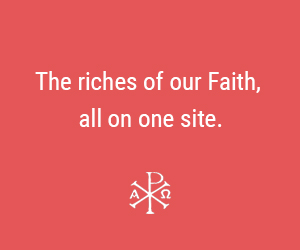As widely anticipated, on Monday, August 30, the EU voted to remove the United States from its “white list,” or safe travel list, of countries with a good epidemiological situation.
For those leading or planning on going a pilgrimage, this head-snapping reversal appears to be a gut punch, as the United States was upgraded to the list as recently as June of this year, and remained on it for just over sixty days.
The initial upgrade two months ago created a wave of euphoria for those in the travel industry, and those who organize pilgrimages, as it ended a 460-day ban on pilgrimages into Europe.
However, while it may seem like we’re back to a total ban, the expectations are that there will be exceptions this time around.
The reality is that the arrival of the Delta variant has caused the pandemic in the US (and elsewhere) to worsen. The actual situation in the US is now well outside the parameters established by the EU in June, 2020 – and has been for some time – that allowed for restriction-free travel in Europe for certain countries.
In June, 2020, the EU devised a metric for which countries’ citizens could travel into the EU without limitations or restrictions (for example, fewer than 75 COVID-19 cases per 100,000 inhabitants). Essentially, being on the list means that citizens or residents of that country could enter the EU without quarantine, essentially reopening the door for “leisure travel,” or tourism.
So, what does this mean for American pilgrims hoping to go to Europe now that the US is no longer on the list?
First, even before the recent announcement, some countries – like Germany – had already instituted additional COVID testing for US citizens arriving within their borders. The reality is that European Union is not a federal government, and each country within it can establish its own laws and rules.
In fact, this recent rule established by the EU is merely advisory. This means that each member state in the EU (Italy, France, Spain, etc.) is free to follow the guidance set by the EU or not. As some countries – like Italy, France, and Spain – are more dependent on tourism, there is the expectation that these countries will not be as stringent.
Finally, the EU council is not endorsing a total ban on American travelers into the EU. Instead, it recommends that only vaccinated travelers, those traveling for essential reasons, and those traveling for nonessential reasons from the list of approved countries should be allowed to enter.
This means that vaccinated travelers should be allowed to enter without quarantining – in other words, they should still be welcome for leisure travel, or pilgrimages. Non-vaccinated travelers, on the other hand, should only be allowed in for essential reasons (for example, they are a citizen or resident of the member state, or are entering to care for a citizen). The non-vaccinated will likely have to quarantine, making leisure travel, and pilgrimages, impossible.
Again, this new rule is advisory only and it is not legally binding. While this will likely lead to confusion as potential pilgrims scour the internet to try to understand how/if the new rule has impacted their upcoming pilgrimage, it is widely expected that the more tourism-depending countries (Italy, Spain, and France) will not return to a total ban on American tourists.
In any case, while the borders will likely remain open for Americans, potential pilgrims should expect a degree of newly established protocols even when vaccinated. Most likely it will involve having to undergo a PCR or Antigen COVID test within 48 or 72 hours of arrival in Europe, or possibly after arrival.



